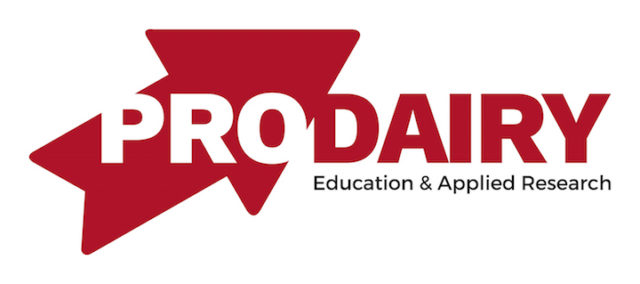I love the fairs. Mostly because some of my best childhood memories were made in the cattle barns at the King County Fair and the Washington State Fair while showing my cows. A lot has changed since my 4-H days, but the fair is still a great place to connect with consumers about agriculture.
Here are a few tips and ideas to help you plan your fair season outreach activities:
1) Interactive activities
Most people enjoy hands-on activities, such as hand milking contests. Large props (as I call them) such as livestock or equipment also tend to be fairly effective in attracting attention. I’ve seen the wheel of dairy used during many consumer outreach events, and it’s been very effective at starting conversations. Add categories to the wheel and develop a list of questions to ask consumers. Categories that work well include milk safety, animal care, environmental stewardship and economic impact.
For more complex questions (i.e., economic impact, anything with a lot of numbers, etc.), you may consider using multiple choice or true or false questions. Consumers are likely not as familiar with this information as those of us in the dairy industry. After they answer a question, give them a prize. If there is a dairy group who runs an ice cream stand at the fairgrounds, perhaps ask if they would provide some coupons for discounted items. These wheels can be somewhat loud, which attracts people too.
2) Educational displays
Our 4-H club required each member to create an educational poster about some aspect of dairy to hang in the barn. Use the rule that less is more in this case, and stick with one message per display. Most fairgoers may scan through these displays while cruising through the barn and may not spend a lot of time on them. Make it as easy as possible for them to understand.
3) Simplify your message
Would a third grader unfamiliar with farming understand your message? If not, you may need to simplify it a bit more. While you are at it, lose the industry jargon and acronyms. Very few people outside of agriculture will understand and they will likely lose interest. Again, make it easy for them to get it.
4) Use analogies
When you compare something you are discussing to something your audience already knows, your message will resonate better. For example, when talking about the importance of keeping weeds out of the crop fields, I compare the field to a room where the plants are the people, the soil is the food and other resources available, and the weeds are other uninvited people who show up and take the food and resources from the people who are supposed to be there. You can almost see the lightbulb go on when someone finally gets it.
5) Be patient
You may have to explain something multiple times or in several different ways before someone understands. Resist the temptation to become frustrated or annoyed. If they are asking about it and willing to have a conversation, they generally want to know. They just may not know how to ask about it.
6) Conversations count
While the interactive activities and educational displays are nice, they don’t replace actual conversations. Make yourself and your fellow showmen available to answer questions from fairgoers as they are strolling through the barns. Most of the folks I talked with while showing my cows were timid to ask questions or to start talking to the “people with the cows” as they called us. So say hi. Be friendly and offer to answer any questions if they have them. They may not have one at this very second, but may think of one later. Offer to be a resource.
7) We’re all in this together
One of the most important things to remember when participating in any type of advocacy and outreach is to not speak negatively about anyone else or any other farming style, even if you don’t agree. There are a lot of ways to do things correctly, and just because your neighbor has a different farm setup or farming philosophy than you do doesn’t mean either of you is better than the other. If someone asks about a farming style that you aren’t familiar with or even that you don’t prefer, you might say, “I can’t speak to that because we don’t have freestalls, but I can tell you about how our cows live in a pack barn.” Speaking with one voice as an industry improves credibility for all of us and helps to keep conversations positive. And finally ...
8) Have fun!
The fair is a fun time. The days are generally long and people get tired, but take time to enjoy the show, the fair atmosphere and this great opportunity to talk about our industry with consumers in our local communities. PD
Kimmi Devaney is the agricultural marketing and industry development manager with the Indiana State Department of Agriculture. She also writes an agricultural blog.





